Integrated Building & Landscape Design
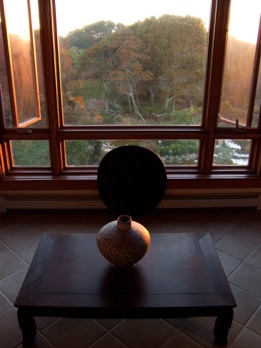
In designing both buildings and their integrated gardens, I start by applying simple principles. These include:
- designing buildings first from the inside out, with an emphasis on optimizing flow and giving users natural light from at least two, and preferably three, directions from any spot inside,
- the minimization of corridors, which all too often become confined dead space,
- the creation of circuits and avoidance of dead-ends, allowing users to flow in and around their buildings and gardens,
- designing both for impact and practicality, with a hard focus on achieving the most dramatic or beautiful structure economically.
The rest is play!
I have applied these guidelines to buildings and gardens at scales ranging from homes to campuses.
GARDENS

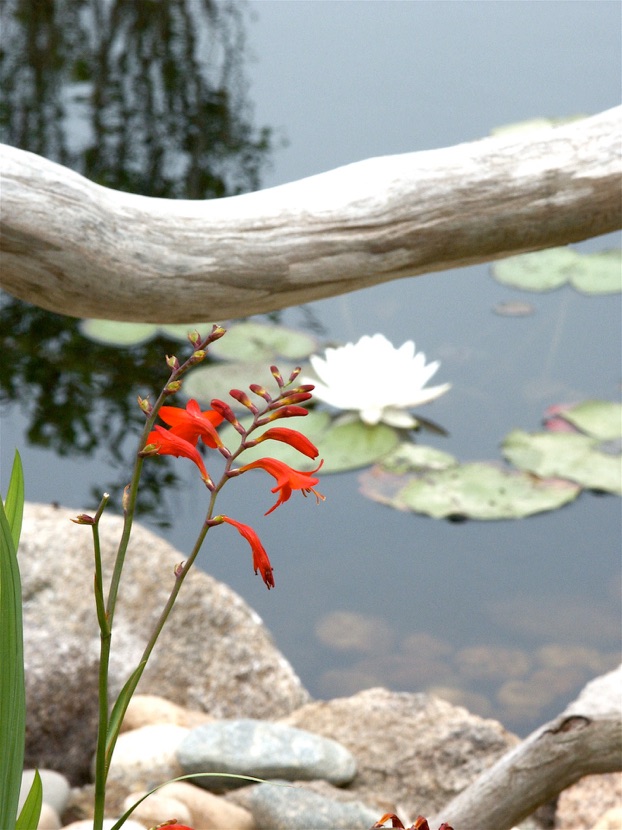
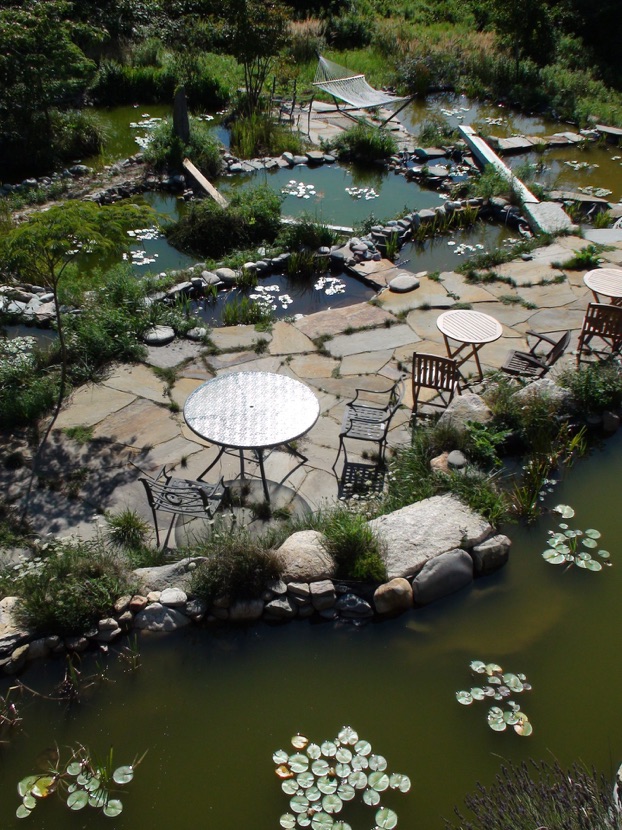
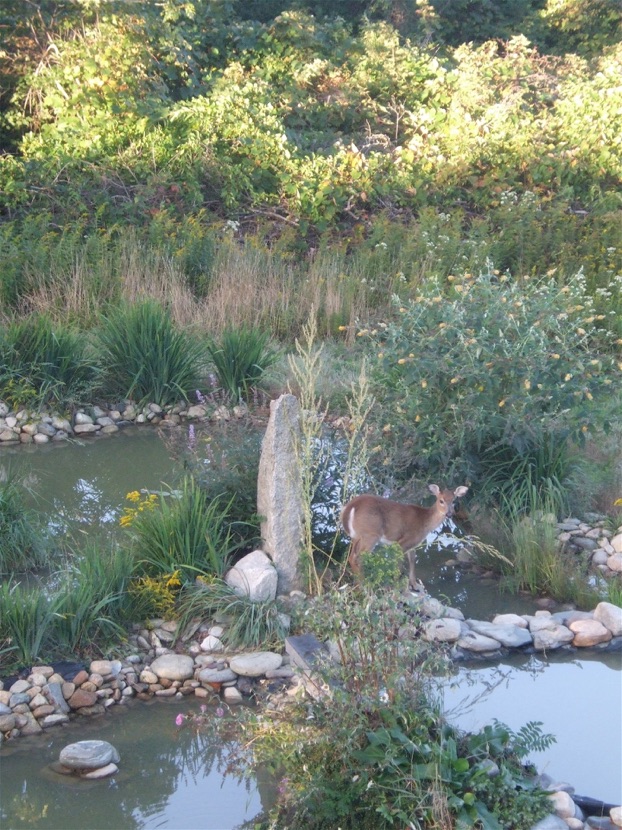
Valerie Sonnenthal’s article about the garden I built for my wife, Nancy Caldwell,
appeared in The Martha’s Vineyard Times on Sept. 12, 2018
and can be read by clicking here.
***
THE WELLSPRING MUSEUM

Designed by Duncan Caldwell
The institution’s name reflects both the architecture with its spring surging from a tumulus and the underlying metaphor of renewal through the study of deep time.
I was inspired to design the complex as an intellectual exercise in drawing together the most successful aspects of museums I’d visited, while leaving out their weaknesses.
I also wanted to create a museum that would honor its subject by using a lexicon of prehistoric architectural forms found around the world, including ones drawn from tumuli, megalithic alignments, and rock shelters chosen by their prehistoric inhabitants for their waterfalls.
Another guiding purpose was to maximize building and maintenance efficiencies per square foot while similarly maximizing functionality and impact. An example of this is the galleries on the garden and top floors, which are both terraced, making the exhibition spaces intrinsically dramatic while preserving adaptability for changing displays.
Another principle that was extended to its limit was accessibility, since the museum contains no stairs, but instead relies entirely on wheelchair accessible ramps - which double as display areas - for the flow of its users.
A final goal was to create a structure and entity to which I could happily contribute my efforts for years to come, ranging from exhibition design and curatorship to prehistoric research.
But no sooner had the plans reached their first iteration than word reached Mount Olive College - an ambitiously expanding institution in North Carolina - that one of its main advisers, Dr. Gramly, felt that the plans were more richly conceived than the blueprint for a prehistory institute that Mt. Olive had commissioned from a Raleigh architecture firm. So the college decided to send its chief development officer, Chris Wood, and project director, Dr. Gall, to my home to inspect the initial plans.
After the examination, the college decided to convene a meeting of its trustees, benefactors, advisers, deans and other interested parties to choose between the two visions. This committee, which met in Feb. 2008, voted unanimously to use the Wellspring design – but the college faced increasing difficulties in launching the project as the economy worsened and then stalled. From the beginning, the college recognized that the design would remain my full intellectual property until the college purchased it – and that I am free to use the plans elsewhere. The college’s difficulties have thus freed me to keep seeking a home and backers for my vision of an institution focused on the study and celebration of life and cultures from deep time - and their profound implications for the present.
PRIVATE RESIDENCES
Integrated Architecture & Landscapes
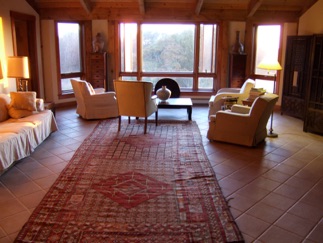
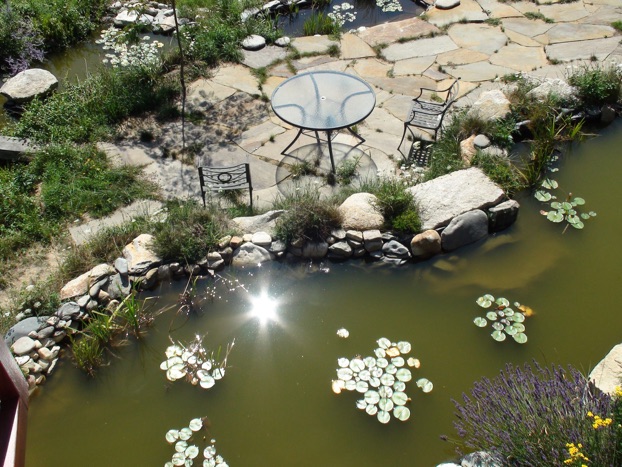
THE NEVER-BUILT NATIONAL MUSEUM OF PALEONTOLOGY
IN QUARRIES UNDER MONTMARTRE
My first effort to design a major museum was mixed with rave reviews from certain high quarters - and furious rejection in others - when it was proposed to the director of France’s National Museum of Paleontology in the early 1990s.
The rock under Paris is riddled with over 20 kilometers of tunnels and huge crumbling vaults that have a habit of collapsing under apartment buildings. These relics of 18th and 19th century quarrying for gypsum and limestone are liabilities for the city that have never been turned to its advantage.
My proposal was that some of the particularly voluminous vaults under Montmartre - several of which are big enough to house churches - could be moved to the city’s asset column by building the most novel, modern and appropriate paleontological museum on earth inside them. The underground quarries of Montmartre have a special claim to fame in the history of science because they were the source of the first “missing link” which cemented the reputation of one of the grandfathers of paleontology, Cuvier, and laid the foundation for both Darwin’s and Lamarck’s theories of evolution. I suggested that the vast spaces could be buttressed from within, but otherwise left raw with their rock contrasting with a modernistic internal design based loosely on the game of snakes-and-ladders. Such a museum would have numerous advantages.
- First, its heights could be used to dramatic effect for exhibiting pterosaurs flying above and giant sauropods standing in the gloom,
- Two, the thrill of being in an underground world housing life from surrounding strata could be extended by using light and dark dramatically, with chiaroscuro effects and lights that tracked visitors via motion detectors and moved from exhibit to exhibit - a bit of museological dramaturgy that has never (to my knowledge) been used before,
- Three, elevators from the surface could be large platforms that passed areas of naked rock and displays, making the descent from the vicinity of Sacre Coeur a narrated initiatory voyage into deep time,
- Four, some particularly historic fossils which came from similar quarries (like the mosasaur of Maastricht which Napoleon seized from the Lowlands as war booty) could be displayed almost as if they were in situ,
- Five, a museum in a 20-plus kilometer maze underground would be able to expand much more easily than one constrained by the limits of real estate on the surface of a congested city.
Despite the innovative concept, the oldest of my projects has yet to be realized, in Paris or elsewhere.
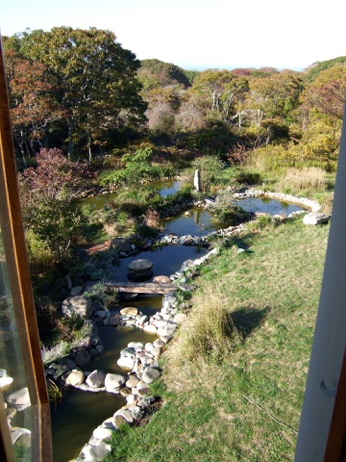
PLEASE CONTACT caldwellnd(at)aol.com for more information
© 2008-2018 Duncan Caldwell on text and imagery
